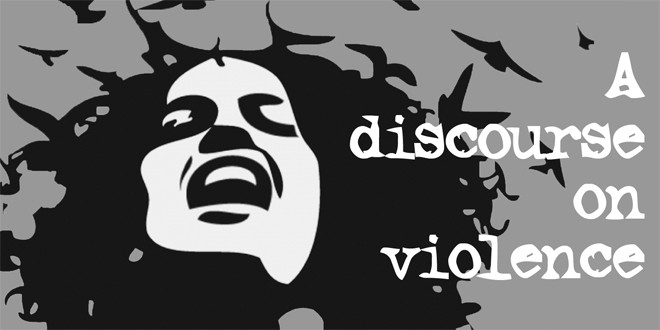
Looking at a correlation between violence against women and their status in society at large

Like all other countries, Pakistan too observes the international day for elimination of violence against women every year on November 25. This year, the spectre of Qandeel Baloch lurks in the minds of most young Pakistani women. Baloch is as much a symbol of defiance as one of violence against any woman who dares to challenge patriarchy.
But there has been no let up in violence against women before or after Qandeel Baloch’s murder. The more recent news is about the suicide of a woman who was ordered to be raped by a panchayat in Gujrat early this month.
What distinguishes us from other countries is not just the incidence of violence but the impunity for violence both at the hands of society and state. There certainly is an increase in the visibility of such incidents but it remains to be seen if it is so or is it because the media is reporting more violence.
Whatever the case, as Nazish Brohi tells us in an interview, the state has certainly come to assert itself in favour of women, be it in the form of making more laws, such as ones on domestic violence and harassment, or implementing them.
As the news keep flashing about harsh and brutal treatment to women, there is scepticism about the laws merely existing on the statute books and not coming to the women’s advantage. Again Brohi insists that "laws are a critical starting point" but mindsets need to change too.
Read also: A discourse on violence
In today’s Special Report, we have tried to develop a theoretical discourse around what constitutes violence, the society’s response, the media’s role, the placement of the feminist paradigm. We want to also raise related questions like "what is it that makes men so violent?"
We at The News on Sunday are equally perturbed by Pakistan’s place -- second last -- in terms of gender gap index as per the World Economic Forum’s report. And see a correlation between violence and the status of women in society at large. We hope to improve the understanding on both with today’s Special Report.